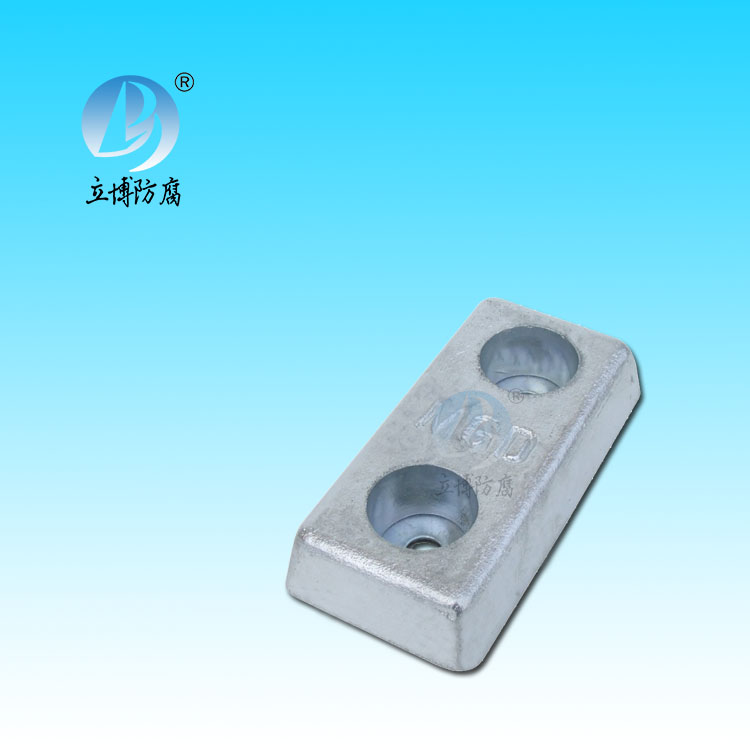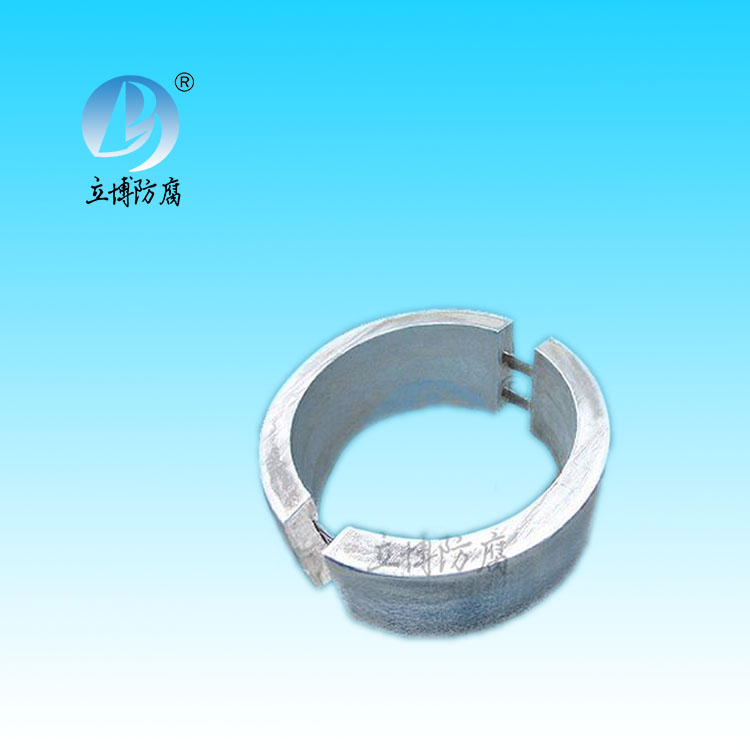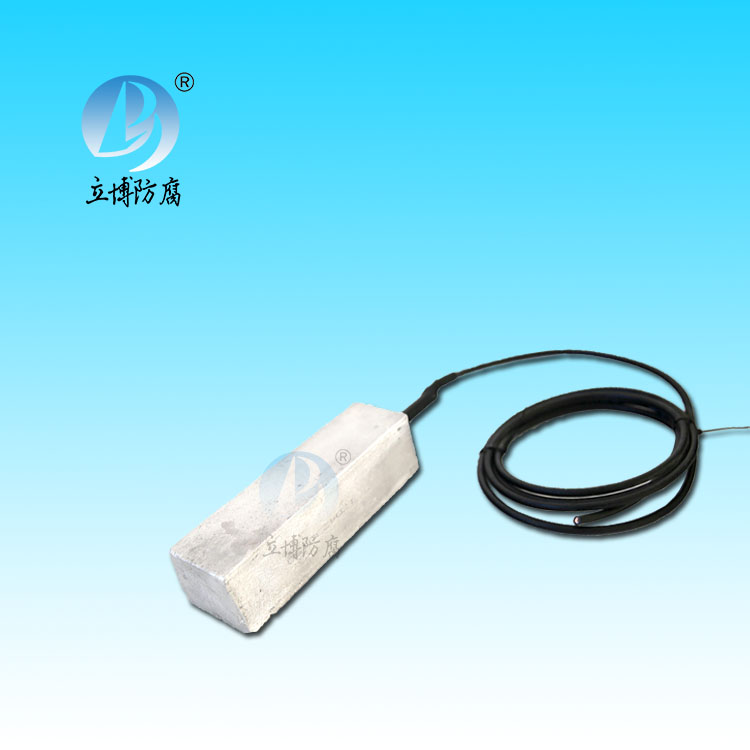News
News
- What is a sacrificial anode
- Basic requirements for reference...
- What does the reference electrode do...
- Why are zinc blocks attached to the ...
- What is the principle of impressed...
- What material does metal structure...
Contact
Phone:18739187123
hotline:0391-7588881
E-mail:970512272@qq.com
Address:Wuzhi County, Jiaozuo City, China
Company News
Electrolysis and neutralization treatment of residual liquid in micropore
- Author:Libo
- Source:wwww.hellobodies.com
- Date:2021-06-11
- Click:0
In the low concentration of inorganic and organic neutral conductive salt solution, when the workpiece and the counter electrode are treated by ac electrolysis, the remaining acid and aluminum salt in the micropores of the anodic oxidation film of aluminum are quickly replaced by the bulk solution outside the micropores and neutralized. In order to occur the above reaction, inorganic salts recommended to use sulfuric acid money, grab according to, etc., organic acids recommended to use oxalic acid, citric acid and its salt. Although sodium salts can be used, they should be limited to very low concentrations to avoid pitting.
Neutral conductive salt solution using 1g/L acetic acid press, at room temperature and the electrode stainless steel, applied 15V AC voltage (current density is about 0.5a /dm2), after 15min of electrolysis and neutralization treatment. The corrosion resistance of hydrated anodized aluminum film after electrolysis and treatment is about twice that of direct water washing. In the process of hydrating and sealing the pores, the acid remaining in the electrolytic and neutralizing micropores has been neutralized, and all kinds of impurity ions have been discharged from the micropores, so a good sealing effect of hydration reaction can be achieved.
Aluminum sulfate anodized film after boiling deionized water seal hole, its alkali corrosion resistance by the Japanese JIS standard strictly stipulated, and in fact mainly to the CASS test results as a comparison. Anodized aluminum samples treated by electrolysis and neutralization generally meet all test criteria. After a long time of outdoor exposure to the atmosphere of aluminum anodized aluminum, show corrosion, pollution, discoloration and other defects. Removing the remaining acid in the micropores of anodic oxide film of aluminum can be inferred to greatly reduce the defects caused by chemical reasons.
Using electrolysis and neutralization treatment can obviously save cleaning water. Anodic oxidation of aluminum consumes a lot of industrial water. For example, a plant with a water consumption of 500t/ month usually drains 20-30m3 / hour with recycling measures. The use of electrolysis and neutralization treatment can save about 10% to 20% of the cleaning water, so it is a substantial saving measure.
If the secondary electrolytic coloring treatment uses a weakly acidic or neutral solution, electrolytic coloring may be performed prior to the electrolysis and treatment. In such cases, suitable conductive salts should be used in the neutralization process to ensure that they match the electrolytic solution used in the previous process.







 客服QQ
客服QQ